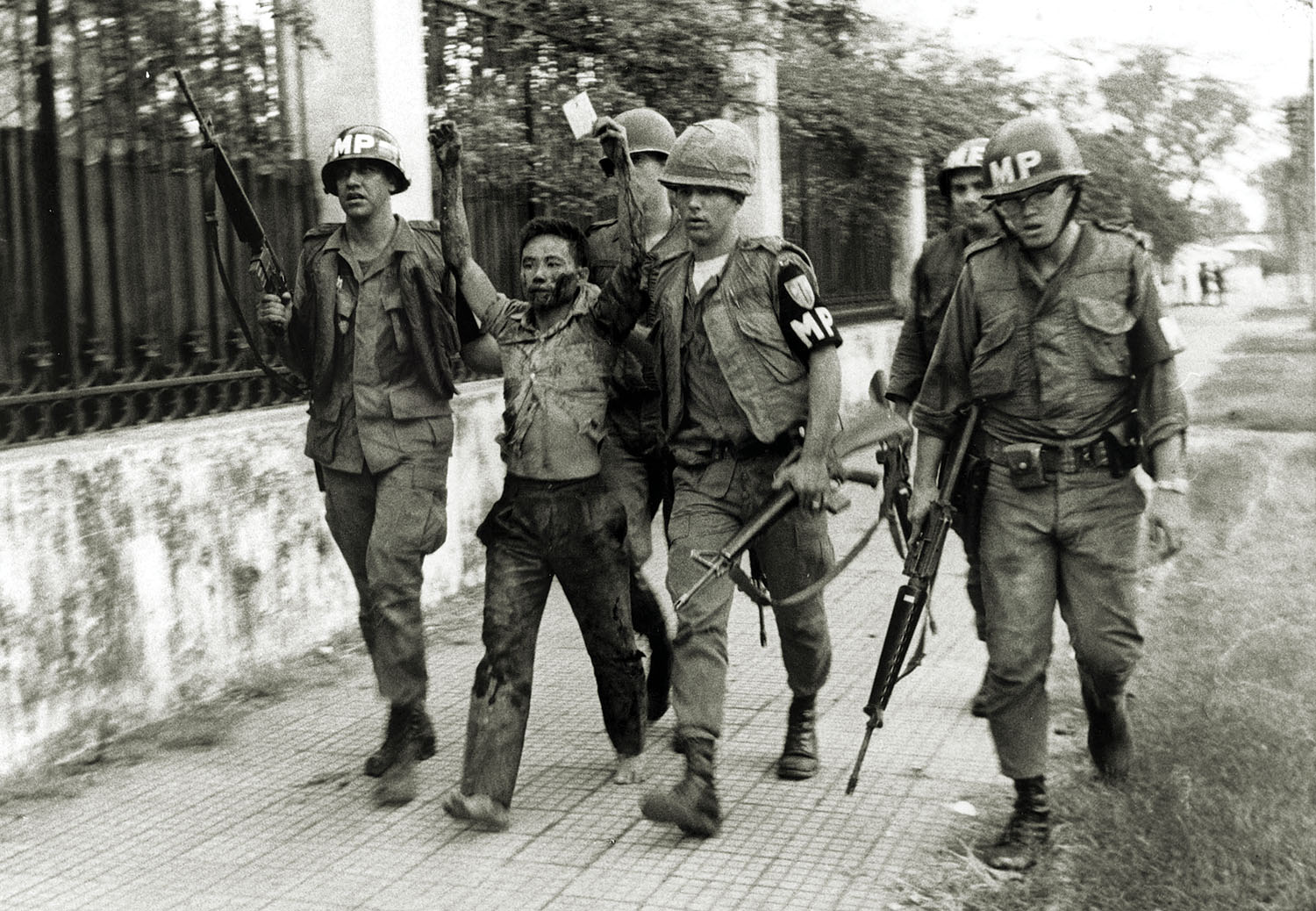A series examining contentious issues of the Vietnam War
At the end of December 1967, a month before the communist Tet Offensive attacks throughout South Vietnam, approximately 225,000 Viet Cong and North Vietnamese fighters were operating in South Vietnam.
They consisted of 68,000 full-time combat soldiers born in North Vietnam, 47,000 Viet Cong combat soldiers born in the South, 37,000 Southern-born Viet Cong administrative personnel who ran the communist shadow government in many parts of the country and 71,000 part-time Viet Cong guerrillas born in the South, according to estimates by Military Assistance Command, Vietnam.
MACV calculated that the communists committed 124,000 combat troops and guerrillas to the 1968 Tet Offensive—84,000 in the initial battles of Jan. 30-31, plus 40,000 over the next several weeks. About half of them served in North Vietnamese units, and the rest belonged to Viet Cong units. Some of the Viet Cong administrative personnel took an active and visible part in the offensive by attempting to organize uprisings in cities.
The attacking units suffered severe losses during the five-week offensive. By March 5, 1968, the date Vietnamese postwar histories identify as the end of the Tet Offensive, noncommunist forces had killed or captured about 40,000 combat soldiers.
Additionally, about 10,000 individuals not listed on MACV’s roster of enemy military units were killed or captured. Many in that group were civilians the Viet Cong had pressed into service as ammunition bearers or stretcher carriers preceding the Tet Offensive, but perhaps 2,000 of those civilians were Viet Cong administrative personnel whose shadow government was decimated in several large cities, particularly Saigon, Hue, Nha Trang and Qui Nhon, yet survived with little damage in most other cities and villages.
The estimated 40,000 deaths among enemy soldiers were about evenly divided between North Vietnamese units and Viet Cong units. Some of those Viet Cong units sustained catastrophic casualties, particularly units that attacked Saigon, Hue and several regional capitals in the Central Highlands and the Mekong Delta, but enough survivors returned to base to form the nucleus for the next generation of that unit.
At the end of 1968, after the Tet Offensive and additional communist offensives during May-June and August-September, the Viet Cong fielded a larger force than it had at the end of 1967, despite the intensity of the fighting during Tet. MACV estimates put total enemy strength in South Vietnam at 251,000 troops, an increase of 26,000 from a year earlier.
That year-end 1968 total included 138,000 combat soldiers—86,000 from North Vietnam (up from 68,000 before Tet) and 52,000 Southern-born Viet Cong fighters (up from 47,000). Viet Cong guerrilla strength stood at 78,000 (up from 71,000), although Viet Cong administrative strength declined slightly from 37,00 to 35,000.
In the years from 1968 to 1975, communist units in the South relied more and more on the insertion of North Vietnamese Army troops to replace their losses, but the Viet Cong remained a viable fighting force through the end of the war.
Dr. Erik Villard is a Vietnam War specialist at the U.S. Army Center of Military History at Fort McNair in Washington D.C.
This article appeared in the February 2021 issue of Vietnam magazine. For more stories from Vietnam magazine, subscribe here and visit us on Facebook:






